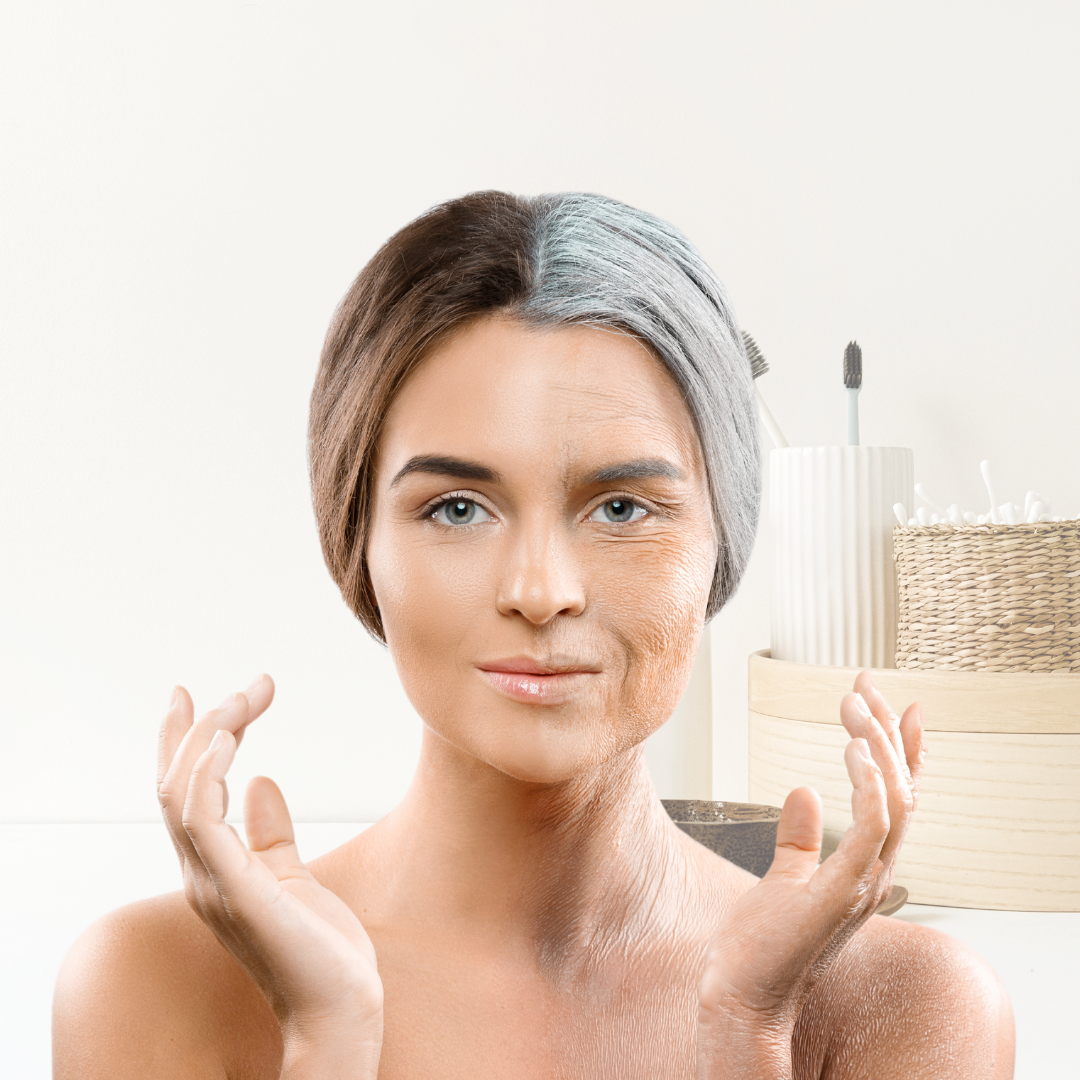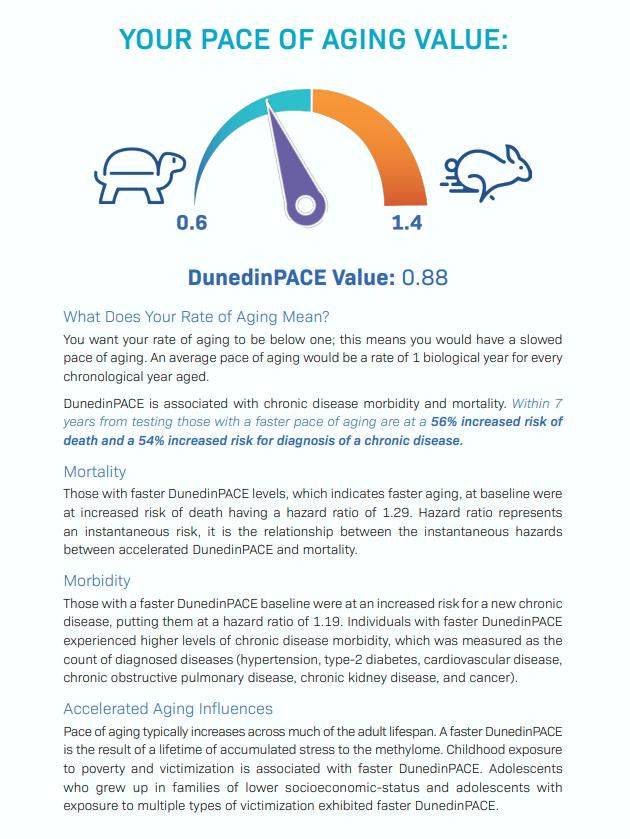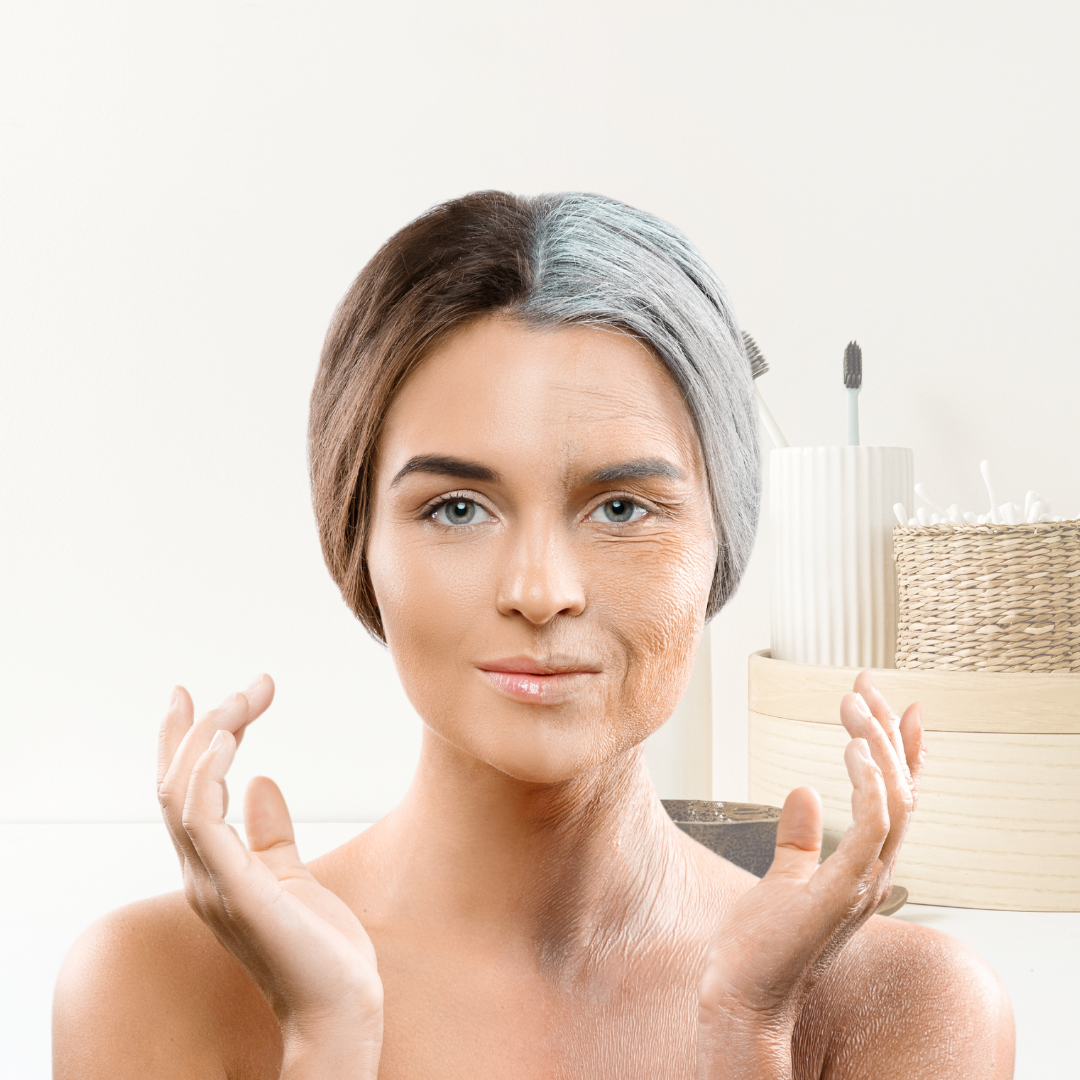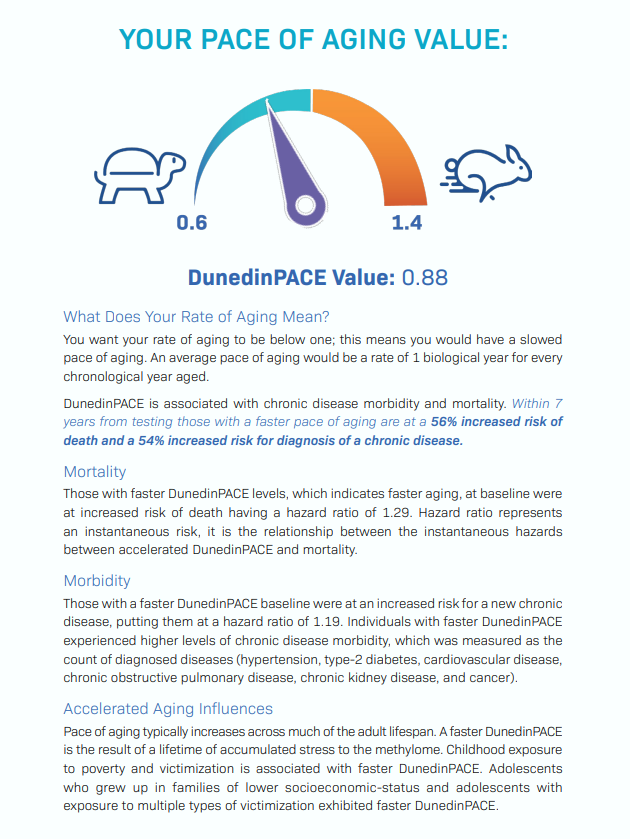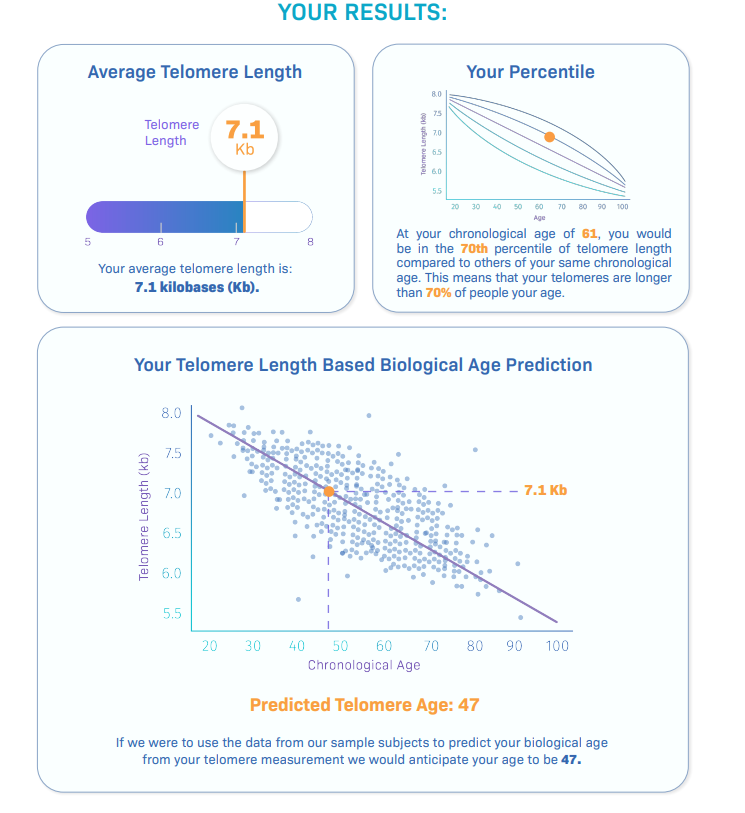- Genomic Instability: Just like a book can get worn out and its pages torn over time, our DNA can get damaged as we age. This damage can lead to diseases like cancer.
- Telomere Attrition: Imagine our chromosomes (structures that hold our DNA) have shoelace tips at their ends called telomeres. These tips get shorter every time a cell divides, and when they’re too short, the cell can’t divide anymore, leading to aging.
- Epigenetic Alterations: Think of our genes as light switches that can be turned on and off. As we age, these switches can get stuck, turning genes on or off when they shouldn’t be, which changes how our cells work.
- Loss of Proteostasis: Proteins are like tiny machines in our cells. Over time, these machines can break down and stop working properly, leading to diseases like Alzheimer’s.
- Disabled Macroautophagy: Our cells have a cleanup process to get rid of broken parts. With age, this cleanup process (called autophagy) also doesn’t work, leading to a buildup of junk that can make cells stop working right.
- Deregulated Nutrient-Sensing: Our cells sense and react to nutrients like sugar and fat. As we age, this sensing can go haywire, leading to problems like diabetes.
- Mitochondrial Dysfunction: Mitochondria are the power plants of our cells. When they don’t work right, our cells don’t get the energy they need, which can make us feel tired and cause other health issues.
- Cellular Senescence: Sometimes, cells become like stubborn old machines that refuse to work but also won’t go away. These senescent cells can cause problems in the tissues around them.
- Stem Cell Exhaustion: Stem cells are like a reserve army that can replace damaged cells. As we get older, we have fewer of these cells, which makes it harder for our bodies to repair themselves.
- Altered Intercellular Communication: Cells talk to each other using chemical signals. Aging can mess up this communication, leading to inflammation and diseases.
- Chronic Inflammation: As we age, our bodies can be in a constant state of low-level inflammation, like a slow-burning fire that damages tissues over time.
- Dysbiosis: This is about balancing good and bad bacteria in our gut. Think of it as a garden; as we age, weeds can take over and cause health problems. This is where you can do a Gut Microbiome test to understand what those little tenants of yours, the microbes are up to and how you can make lifestyle changes.
Why Do We Age? A Simplistic View of the New Hallmarks of Aging
Anu Acharya


